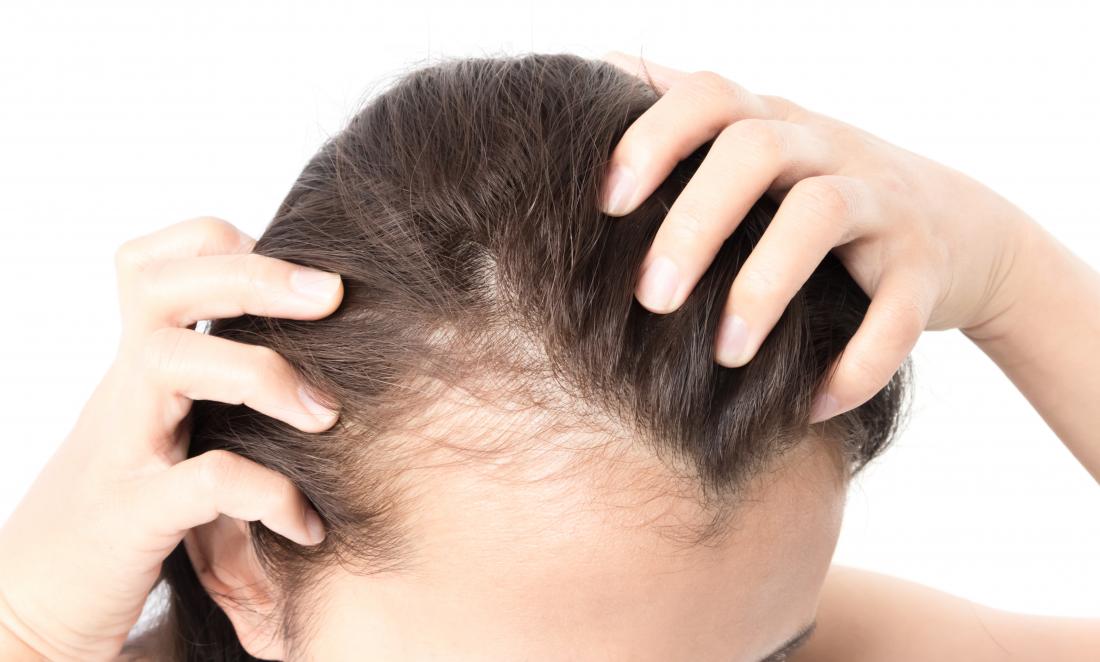What Is Baldness?
Baldness is loss of hair or lack of hair. It’s also called alopecia. Baldness is normally most noticeable on the scalp but can happen anywhere on the body where hair expands. The problem is much more typical in men than in women.
What Creates Baldness?
- Loss of hair is believed to be brought on by a combination of the following:
- Ageing
- Change in hormones
- Health problems lead to the dropping of hair (called telogen effluvium).
- Family history of baldness.
- Without treatment ringworm of the scalp.
- Iron or healthy protein shortage.
- Excess vitamin An intake.
- Fast weight-loss.
- Specific medicines, such as cancer radiation treatment.
- Particular clinical problems, such as lupus.
Nonetheless, hair loss is not caused by the following:
- Poor circulation to the scalp.
- Using hats.
Typically, the earlier loss of hair begins, the much more serious the baldness will certainly come to be.
What Are The Symptoms Of Baldness?
Depending upon the kind, the signs of baldness will differ. There are numerous sorts of baldness, including:
Female-pattern baldness. Although less usual, female-pattern baldness varies from that of male-pattern baldness in that the hair usually thins around the head. The hairline is kept. Female-pattern baldness hardly ever leads to an overall loss of hair.
Male-pattern baldness. Male-pattern baldness is usually acquired. The problem may begin at any kind of age. Loss of hair commonly begins on the front, sides, or on the crown of the head. Some males might create a bald area or simply a receding hairline. Others might shed all of their hair.
Alopecia areata. This loss of hair disorder is characterized by sudden hair loss in one certain area. The hair grows back after numerous months. However, if all body hair is unexpectedly shed, regrowth may not occur. The exact reason for this type of hair loss is unknown. There is a genetic link as well as a link with autoimmune conditions and allergies. If hair loss is complete on the scalp, it is called alopecia totalis, and if all body hair is lost, it is called alopecia Universalis.
Hazardous alopecia. Harmful alopecia may occur after a high fever or extreme illness. Certain medicines, especially thallium, high dosages of vitamin A, retinoids, and cancer medicines may likewise cause it. Clinical conditions, such as thyroid condition and also delivering, might also cause hazardous alopecia. The condition is characterized by short-lived loss of hair.
Marking or cicatricial alopecia. Scarred locations might prevent the hair from growing back. Marking may happen from burns, injury, or X-ray treatment. Nevertheless, various other kinds of scarring that may trigger hair loss can be triggered by illness. These include lupus, bacterial or fungal skin infections, lichen planus, sarcoidosis, tuberculosis, or skin cancer cells.
Trichotillomania (hair pulling). Hair drawing may create hair loss. This problem prevails in kids.
How Is Baldness Detected?
Along with a case history and also physical exam, a strike biopsy of the skin might help to identify the kind of baldness and/or its cause. A society might be done if the infection is suspected.
How Is Baldness Dealt With?
Your doctor will certainly find out the best treatment for you based on:
- Exactly how old you are.
- Your total wellness and past health.
- Just how sick you are.
- Just how well you can deal with certain medicines, treatments, and therapies.
- How much time the condition is anticipated to last?
- Your viewpoint or choice.
A lot of kinds of baldness have no cure. Some sorts of baldness will disappear without therapy. Treatment may include:.
- Particular medicines to advertise hair growth (such as minoxidil and also finasteride).
- Corticosteroid shots (when dealing with alopecia areata or various other inflammatory illnesses that bring about loss of hair).
- Dealing with any kind of underlying condition or disease.
- Hair transplantation.
- Scalp decrease.
- Skin lifts as well as grafts.
- Hair Substitute Surgery.
The rate of interest in hair substitutes has risen over the past several years. There are a variety of hair replacement methods readily available. But hair replacement surgical procedures can’t help those with total baldness. Candidates for hair substitutes have to have a healthy and balanced development of hair at the back and sides of the head. The hair on the back and sides of the head will act as hair-benefactor areas where grafts and flaps will be taken.
There are 4 main different sorts of hair substitute techniques, including the following:
Hair transplant. Throughout a hair transplant, the specialist removes small pieces of hair-bearing scalp from the back or sides of the head to be used as grafts. These grafts are, after that, moved to a hairless or thinning area.

Scalp growth. In this procedure, a tissue expander tool is positioned underneath a hair-bearing area that lies beside a hairless area. After several weeks, the tissue expander creates the skin to expand new skin cells. One more procedure is after that required to place the freshly expanded skin over the adjacent hairless spot.
Flap surgical procedure. Flap surgery is suitable for covering huge hair loss locations. Throughout this procedure, a portion of the bald area is gotten rid of, as well as a flap of the hair-bearing skin, is positioned onto the bald area while still connected at one end to its original blood supply.
Scalp reduction. Scalp decrease is done to cover the hairless locations on top as well as the rear of the head. It includes first getting rid of the hairless scalp. After that, areas of the hair-bearing scalp are gathered, completing the hairless location. This can be done alone or with a hair transplant.
What Are The Difficulties Of Baldness And Also Hair Transplant Treatments?
Baldness might decrease reason self-worth. There are problems connected with hair transplant procedures that consist of:
Irregular hair growth. Often, the growth of freshly put hair has an irregular look, especially if it is put beside a thinning location. This can often be taken care of with more surgical procedures.
Haemorrhaging or vast marks. Stress on the scalp from a few of the scalp reduction techniques can create vast scars or bleed.
Grafts were not taken. Periodically, there is a possibility that the graft might not “take.” If this holds true, surgical treatment needs to be duplicated.
Infection. Similar to any kind of surgery, there is the threat of infection.
Bottom Line About Baldness.
Baldness, additionally called alopecia, is loss of hair or absence of hair.
Baldness is generally most obvious on the scalp but can occur anywhere on the body where hair grows.
Treatment for baldness depends upon the sort of baldness as well as its hidden reason.
Most kinds of baldness have no remedy. Some kinds of baldness will certainly go away on their own.
It is important to talk with your healthcare provider about your baldness and exactly how it can be dealt with.



